Sound performance
It’s been a little while since I last heard the original Jotunheim, and I’ll note right off the bat that I don’t have one here to compare to its successor. But I do remember noting a slightly glare-y top end to the OG Jotunheim’s presentation, as well as an overall sense of it being a ‘strident’ or completely ‘unsubtle’ amplifier on the occasions that I did listen to it. To kick things off with the Jotunheim 2, I decided to first listen to it with perhaps the most ‘strident’ combination I could muster: the Sennheiser HD800s, and Pantera’s ‘Vulgar Display of Power’. Tonally, the Jotunheim 2 didn’t appear to be stepping out of line with any glaring deviation from a perfectly linear response, but it did stand out immediately in one respect: it certainly brings gusto to your listening experience. There’s no sense of laid-back romance here – the Jotunheim 2 brings speed and dynamics to the party, but in an entirely engaging and enjoyable kind of way. Drum and cymbal hits are dispatched with lightning-quick attack and decay, and there is a great but perhaps not exceptional sense of micro-dynamics and resolution on display in the uber-complex shredding passages (RIP Dimebag).
With the volume pot set to just below 9 o’clock in low gain, the Jotunheim 2 was already making a solid case for it being one of the few solid-state amplifiers that will tango tonally with the HD800s, which can otherwise be a bit of a hit-and-miss affair. Some fast, technical EDM in the form of Jon Hopkin’s ‘Singularity’ told me that the Jotunheim had a tight control of the low end of the HD800s, which can tend to bloom slightly depending on the source. While it isn’t exactly a warm-sounding amplifier in terms of boosting the mid-bass and rounding off notes, it certainly isn’t a sterile-sounding one either – there’s more layering and tonal mass going on here compared to the more stark-sounding Topping A90, which is perhaps the most logical competitor to the Jotunheim 2 for those in the market for a powerful, balanced headphone amplifier/preamp. There’s nothing left on the table in terms of detail with the A90 – it’s an entirely clear window into the detail of a track, but it isn’t always the most fun musical peek. The Jotunheim 2 simply has more macro-dynamics on display, and less of an ‘etched’ sense to treble information, which gives it more of an overall sense of body – it’s a more ‘organic’ presentation, if you will. While the A90, at $100 USD over the base version of the Jotunheim 2 will certainly provide a colourless, distortionless listening experience, the Jotunheim simply makes you want to listen for a track or two longer – it’s more enjoyable.
Switching the HD800s over to the Jotunheim’s single-ended output requires a slight nudge of the volume pot up past 9 o’clock to get the same sound pressure level, and there’s also a slightly different sense of presentation going on. There’s a slight reduction to the sense of treble vividness, and some of the more ethereal spatial information in that same Jon Hopkins record is dragged back in closer to your head. As far as imaging and soundstage goes with the Jotunheim 2 overall, I’d call it ‘focused’. It doesn’t cast an overly diffuse or wide landscape, but the Jotunheim 2 does create a vivid, visceral head stage that allows you to easily discern individual tracks in a somewhat more intimate setting compared to a good tube amp.
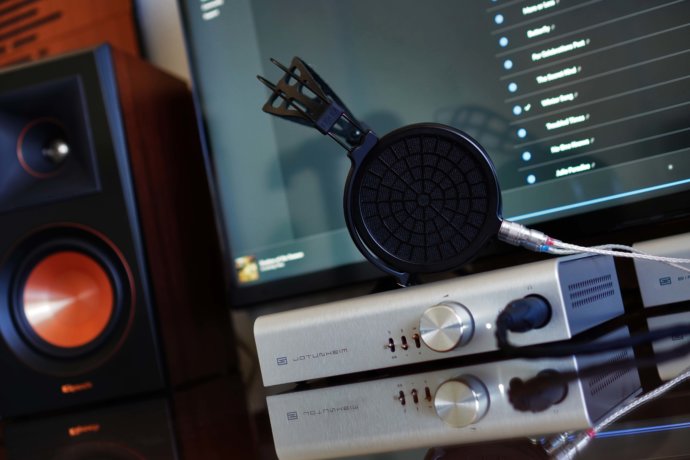
The Jotunheim 2 is an excellent pairing with headphones that are otherwise more on the reserved side when it comes to macro-dynamics and slam. The Ether 2 from Dan Clark Audio fitted with the optional suede pads, is an absolutely superb tonal match with the Jotunheim 2. Sticking with some down-tempo electronica for a minute, the Ether 2’s low end is both distortionless and yet able to slam with planar perfection – it’s perhaps the best open-back bass combination I’ve experienced. Despite being an open back, the Ether 2 is most certainly not a wide-sounding headphone (especially after coming from the HD800s). And yet, the immersion factor with the Jotunheim 2-powered Ether 2 was real – I genuinely felt like I was in a treated room rather than having two small planar transducers strapped to the side of my head.
After listening chiefly with the Bifrost 2 as the digital source for the Jotunheim, it was time to get into an analogue groove and drop the needle on some vinyl. For starters, I can’t tell you how handy it is to have a phono preamp built into your headphone amplifier, negating the need for an additional box, wall-wart and associated cables. My Rega Planar turntable with Shure M91ED cartridge doesn’t have an inbuilt preamp, and so the two RCA output cables simply plug into the RCA inputs on the Jotunheim’s phono module, and off you go. Most Rega turntables don’t have a grounding plug, but phono-quipped Jotunheim 2 has a connection here should your turntable require one. I decided to reach for the closed-back Aeon 2 Noire for a super enjoyable session with Soundgarden’s Superunknown double 180g LP edition. The Aeon 2 is quite the power-hungry pair of cans, despite their 13 ohms impedance rating, and with a flick of the switch into high gain they got up and rocking at 8 o’clock on the volume pot. Like the Ether 2, the planar-magnetic Aeon 2 drivers welcome the dynamic gusto of the Jotunheim’s presentation. The Aeon 2 can sound a little dry and flat on some sources – not so with the Jotunheim 2. There was plenty of low-end shove, energetic guitars, and treble sparkle on show here – and that’s with the limited dynamic range of vinyl. With a simple flick of the input selector back into balanced XLR, I switched into a FLAC playback of ‘Fell on Black Days’ via the Bifrost 2, and the Aeon 2 abilities were lit up to another level altogether.
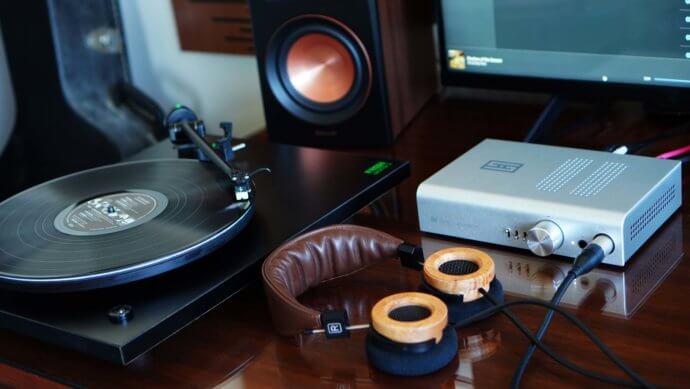
While it’s a little unfair to compare vinyl to FLAC back-to-back, it’s an interesting experiment all the same. While the onboard phono card on the Jotunheim 2 is decent, it’s also a pretty simple device, without the ability to party with moving coil cartridges nor change gain settings. A quick back-to-back comparison with the (admittedly far more expensive) Rupert Neve Fidelice phono preamp showed that the Schiit passive card isn’t exactly the last word in terms of dynamics nor insight. Still, for the more casual vinyl listener who’s happy to stick with moving magnet cartridges, it’s an elegant and super convenient solution. In fact, I could see myself using the Jotunheim 2 as a standalone phono preamp upstream of a power amplifier in my two-channel system.
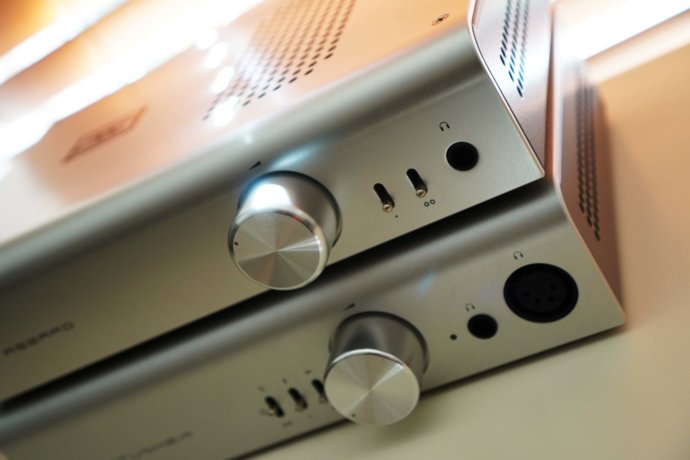
Schiit’s own Asgard 3 presents an interesting comparison to the Jotunheim 2 – it’s $150 USD less expensive than the Jotunheim and still has facilities for the same DAC/phono modules, yet misses out on balance inputs and outputs. So, how do they compare? They’re actually closer than you’d think, sonically. Playing the two back to back with the single-ended Beyerdynamic DT1990 Pro, they have pretty similar abilities in terms of technicalities, staging, and overall presentation. A closer look reveals the Jotunheim 2 to have more forwardness in the presence region, with a bit more ‘shine’ that gives the Asgard 3 a slightly more warm, relaxed voicing by comparison. So what’s better? Well, it’s not that simple, really if you’re talking about sound quality. But, if you’re only going to listen to single-ended headphones and use single-ended sources, save yourself the money and get the Asgard 3 – no question. But, if you need the future flexibility of balanced facilities, the extra outlay on the Jotunheim 2 might be money well spent. As someone who used the preamp abilities of headphone amplifiers about as much as I do for actual headphone listening, the preamp on/off switch is nearly worth the price difference alone.
Lastly, it’s worth noting that the Jotunheim 2 is a genuine option for IEM users. Somewhat unexpectedly, the Jotunheim gives off practically zero background noise with sensitive IEMs – even when pairing my 10-ohm Craft Ears Craft FOUR via a 2.5mm to XLR adapter. There isn’t a ton of usable volume range, but it’s still a practical and terrific-sounding option, which is surprising given how powerful the Jotunheim 2 is.
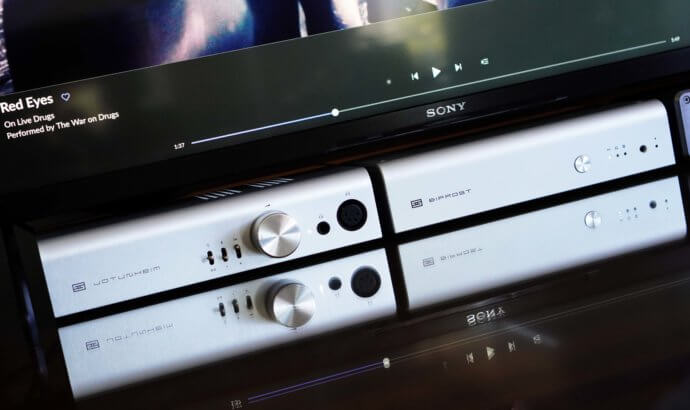
Final thoughts
The original Jotunheim re-wrote the rules when it came to making balanced headphone amplifiers both available and affordable, and Schiit has made an even stronger case with their latest incarnation of the Jotunheim which not only sounds better, but is also easier to live with. I’d unreservedly say that the Jotunheim 2 is a knock-out product, even if you’re looking at it solely as a headphone amplifier. But it’s much, much more than simply that – the Jotunheim 2 can work as the analogue ‘heartbeat’ of your musical chain, managing far more than simply headphone playback. The fact that you can add a DAC or phono stage in the form of a $100-200 module makes for an even more enticing proposition. I’ll go one step further here than simply recommending the Jotunheim 2 as a headphone amplifier – I’ll go ahead and say that stacking the phono-equipped Jotunheim 2 with Schiit’s Bifrost 2 to create an all-in-one preamp control system is just about the best way you could spend $1,198 USD in audio. In terms of flexibility, convenience and outright sound quality, it’s an absolute winner for the format-agnostic audiophile.






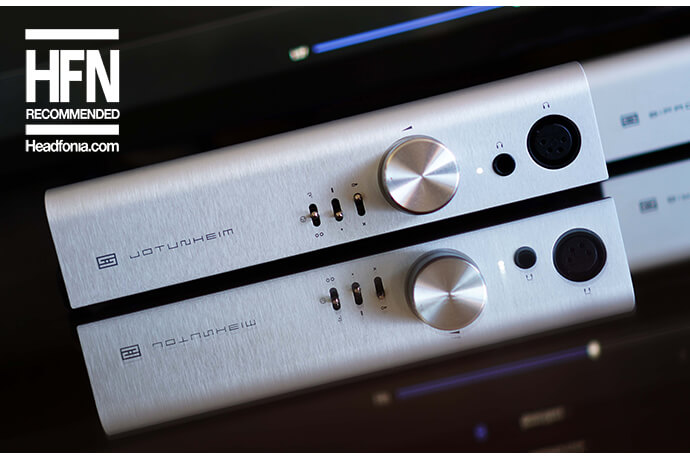
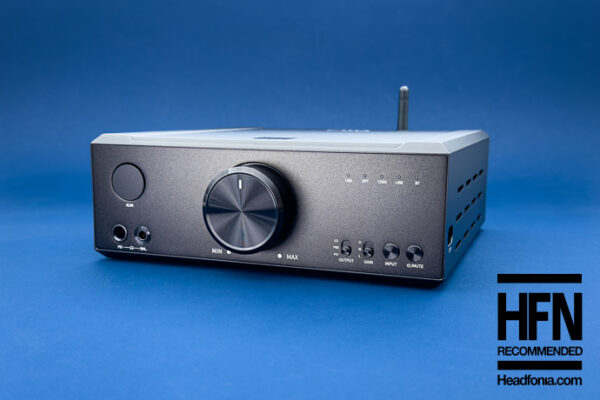
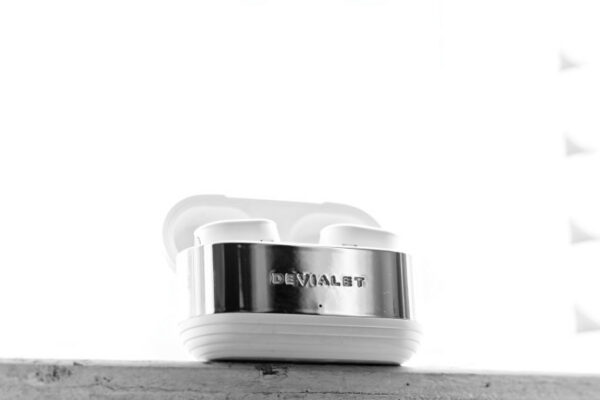
Apurve
Hi matty
very nice review. Quite descriptive of what is on offer and what to expect.
I see you paired the Jot with Planars and got a good result. I’m thinking of getting the Jot for Arya’s and HD6XX.
With Arya’s, the punch and dynamics the jot seems like a great match. However, I suspect that the brightness uptop may be a bit too much? What wud be your assessment?
With 6xx also, while the power will help drive it accurately, and the slight sparkle uptop may help lift the Senn veil, I wonder if the sound signature may be too warm in the low end making the hp sound bloated? Would you say that is a fair assessment?
If one is only looking to get a headamp an use it single ended, how far behind a s the Asgard in terms of sound quality, especially w.r.t staging and resolution?
Both will be fed by Bifrost 2 upstream.
Love to hear your thoughts!
Matty Graham
Thanks for reading and taking the time to comment mate.
I actually haven’t heard the Arya for some time, so I couldn’t give you an accurate idea of how it’d work, sorry.
My HD650’s are on loan to a friend at the moment, but when they’re back in the house I’ll update the article and let you know.
Paul
I have 3 failed Schiit devices for no reasons. I’d advise to stay away as it is not a good investment. Test your J2 for a long time…
Ali Arghavan
Hi Matty, thanks for the review
Since you have reviewed both the Jot 2 and Playmate 2, which are both in similar price range (If you configure Jot2 with optional DAC) which one do you recommend? I plan to use them with ZMF Aeolus and DCA Aeon 2 Noire
Steve
Just ordered one last week, I’m going to pair it with an AresII DAC.